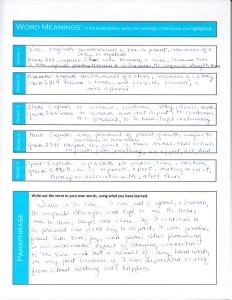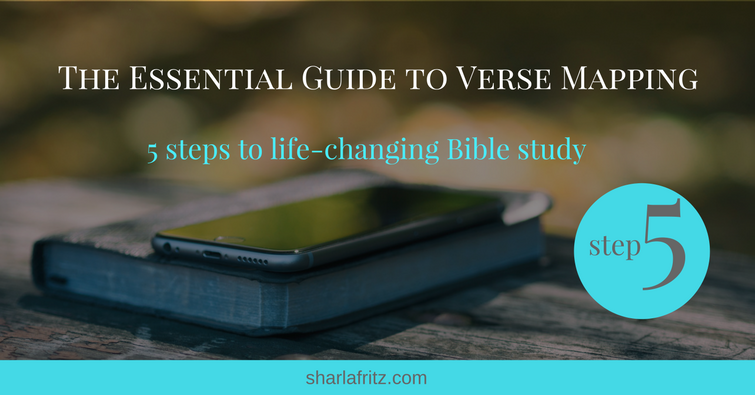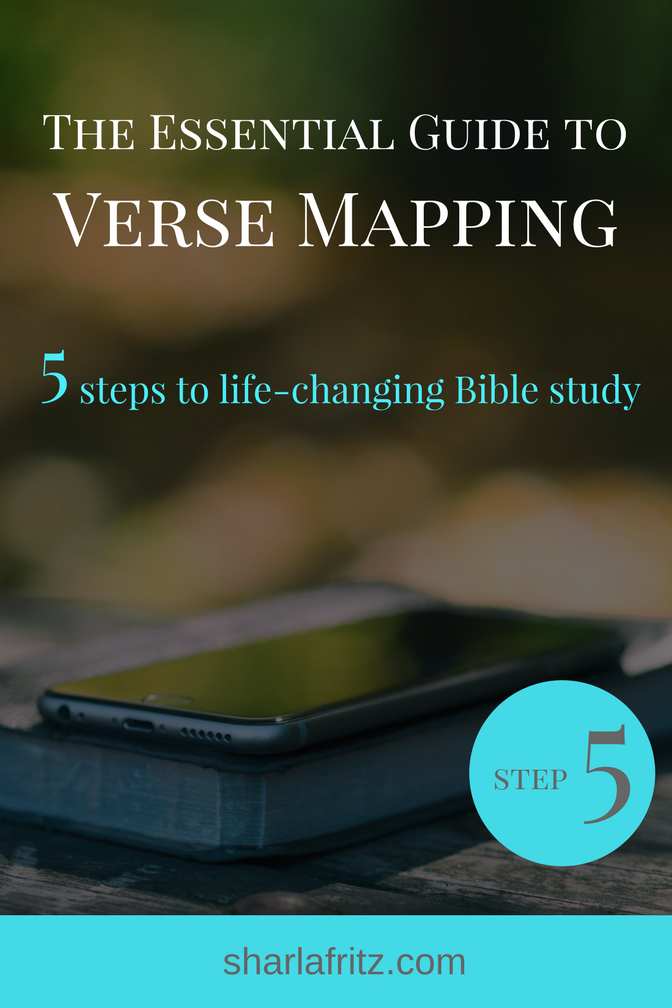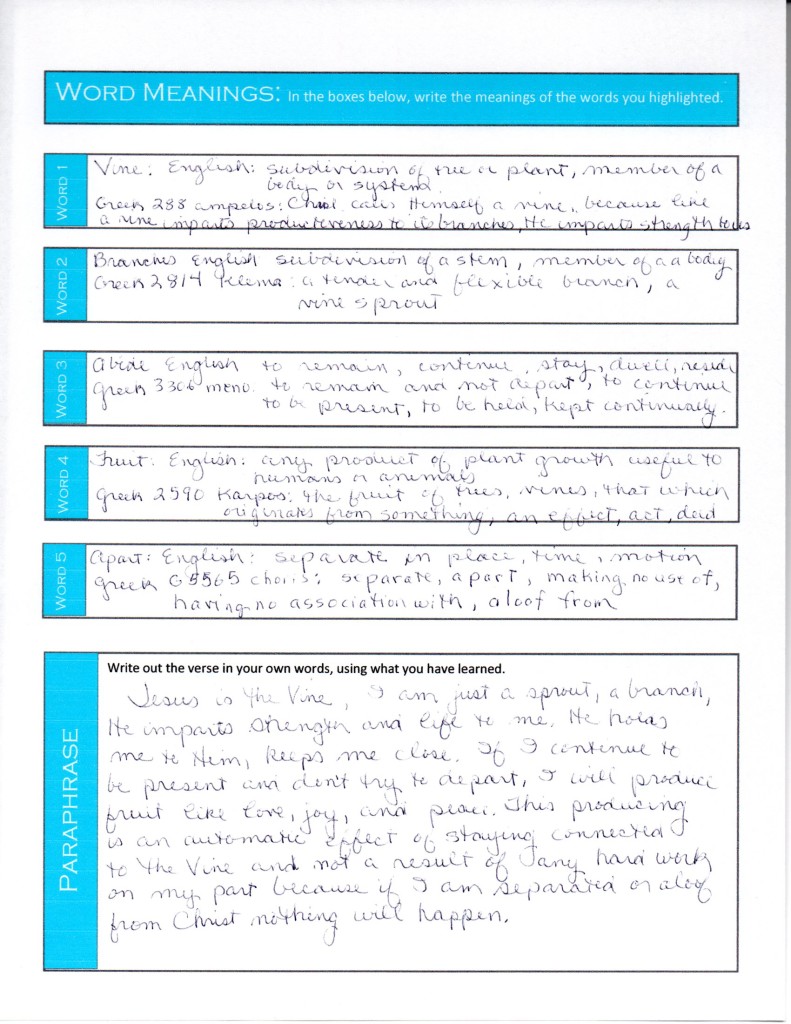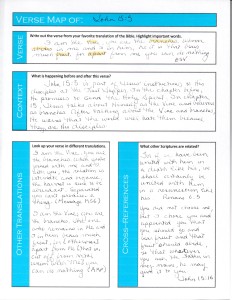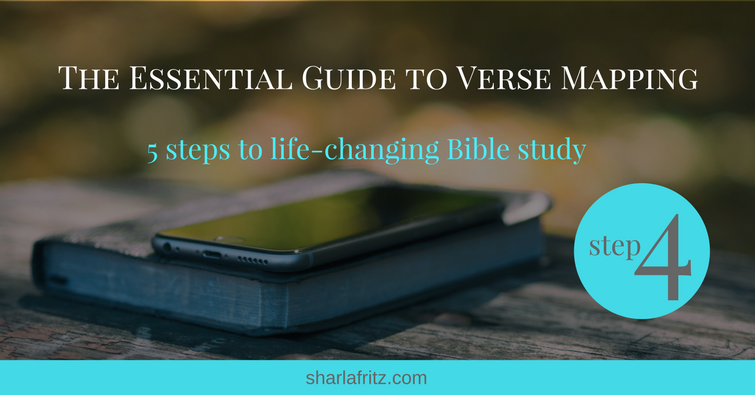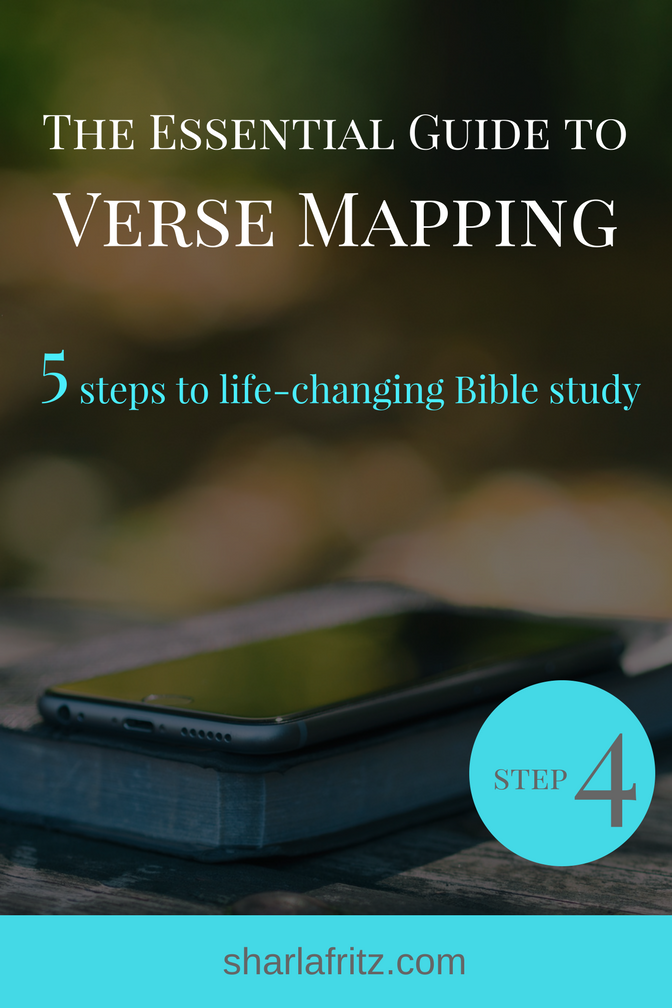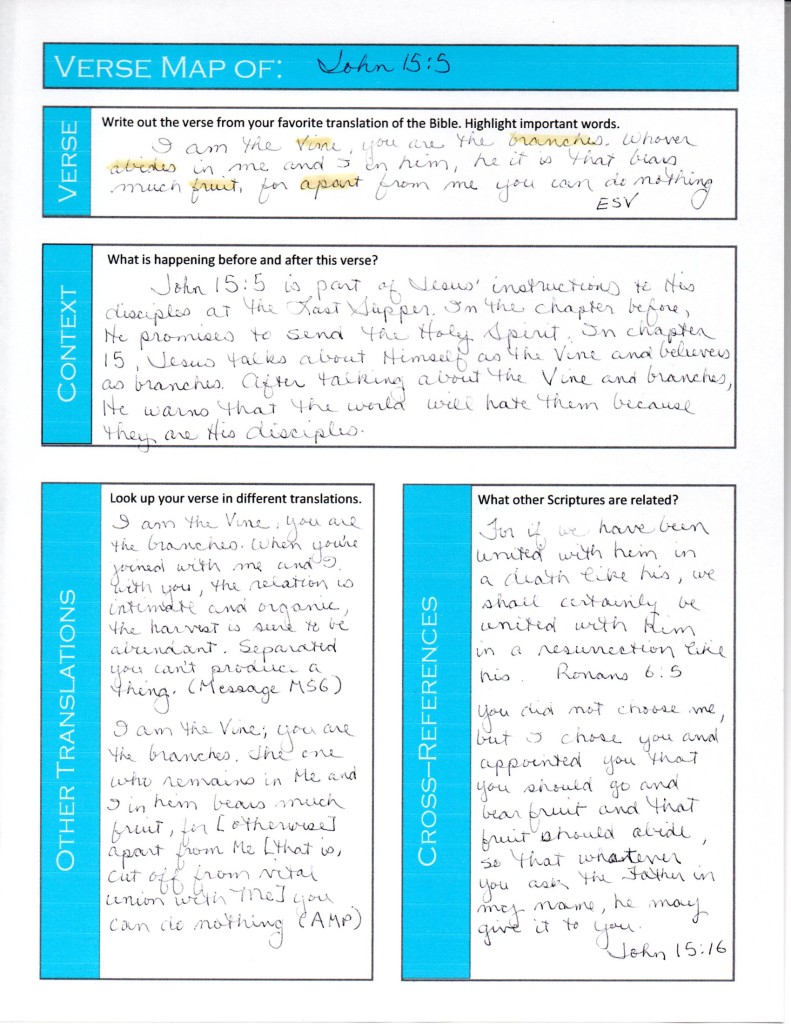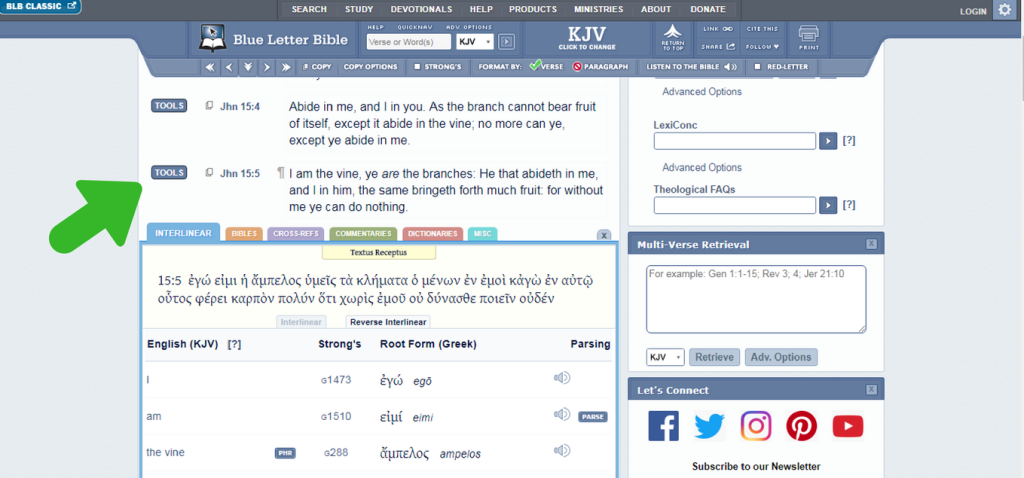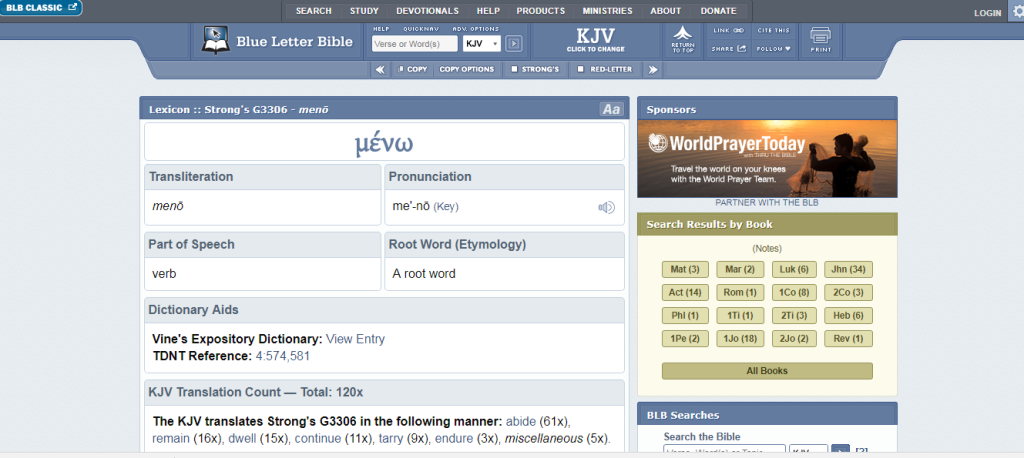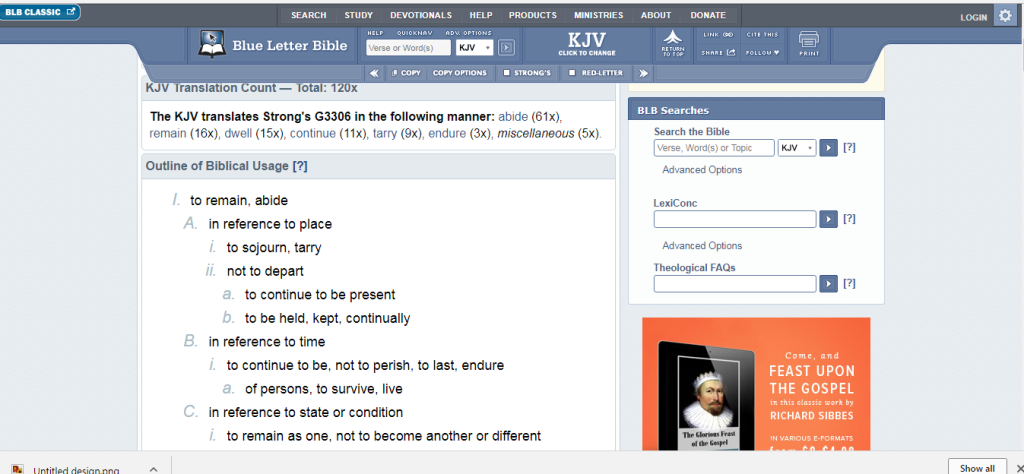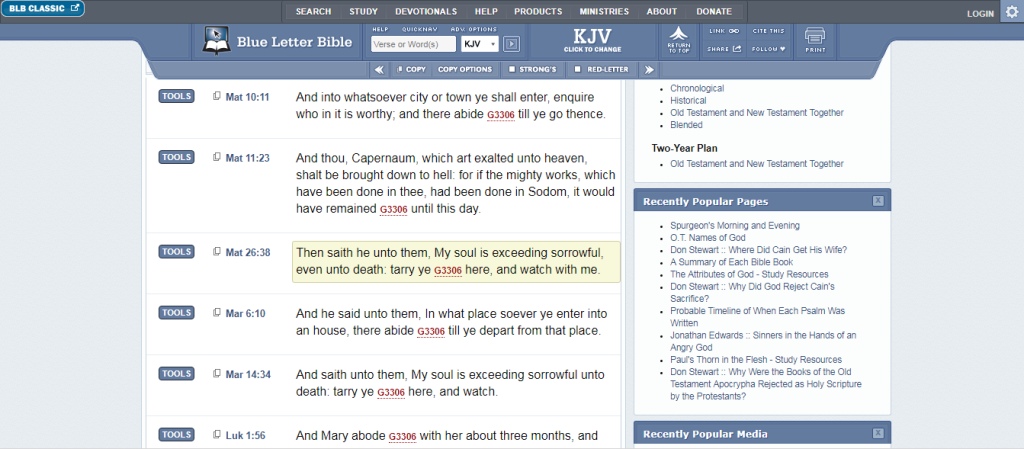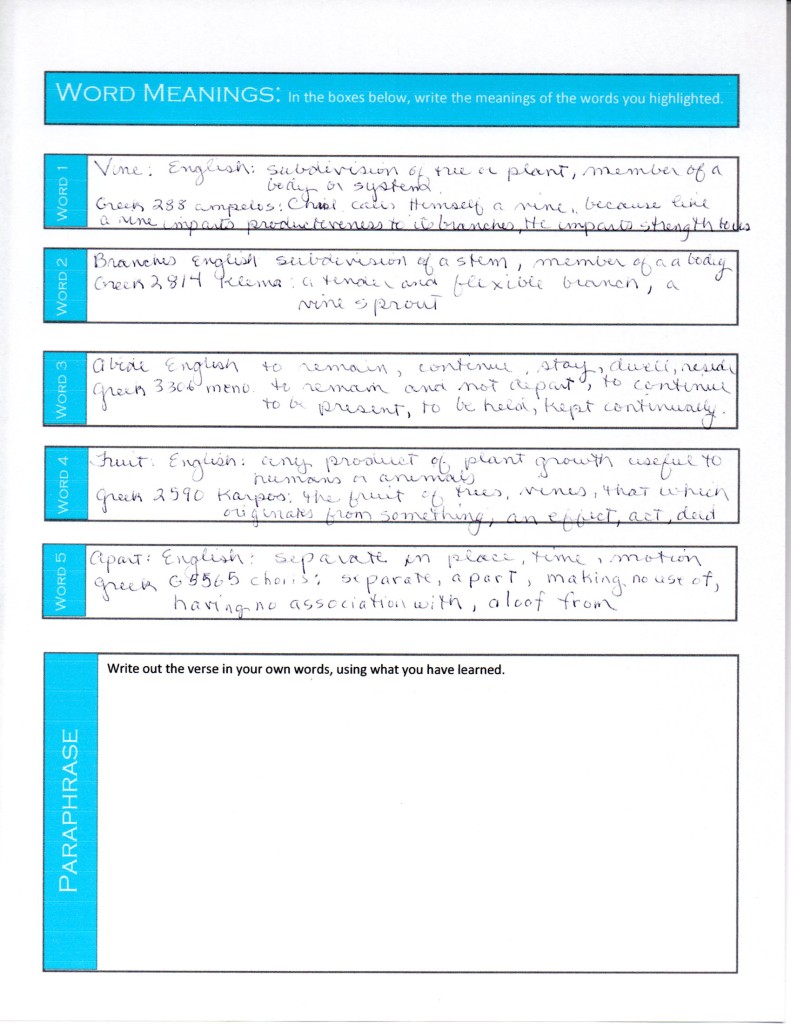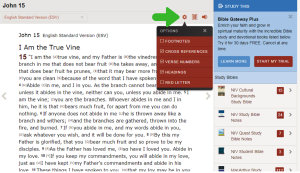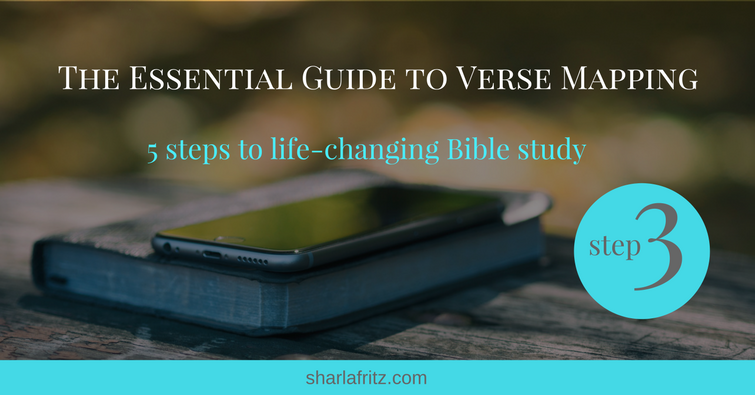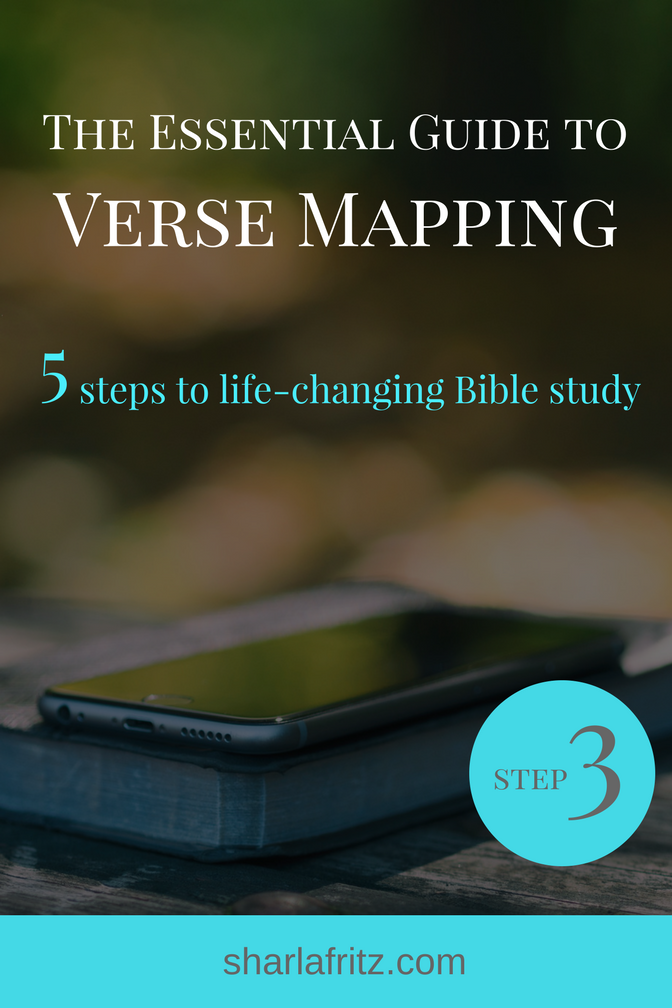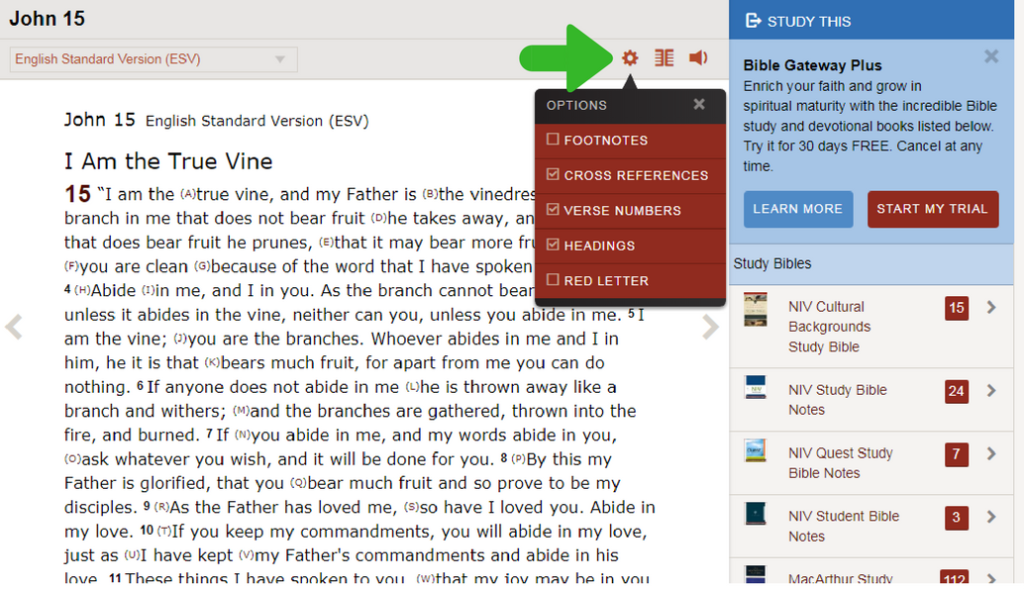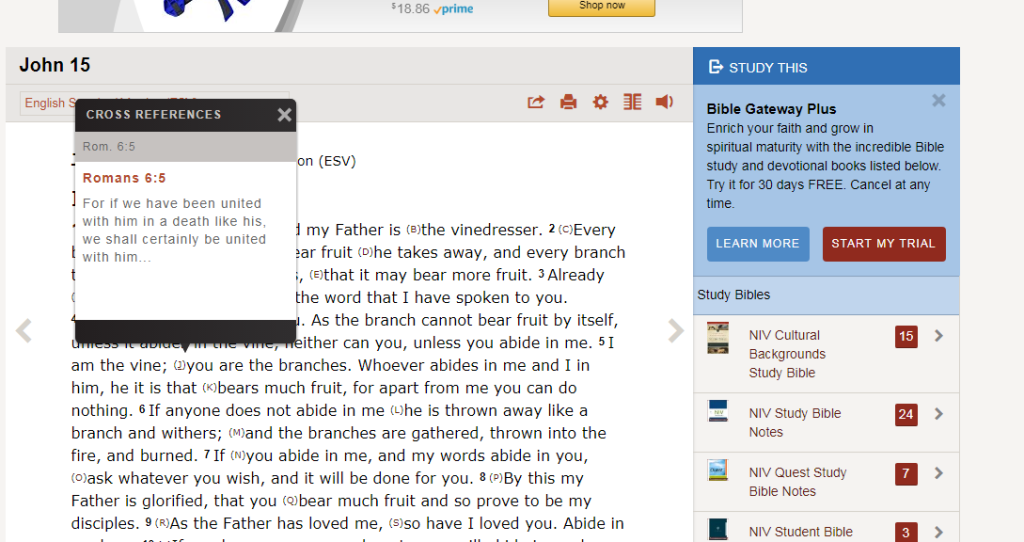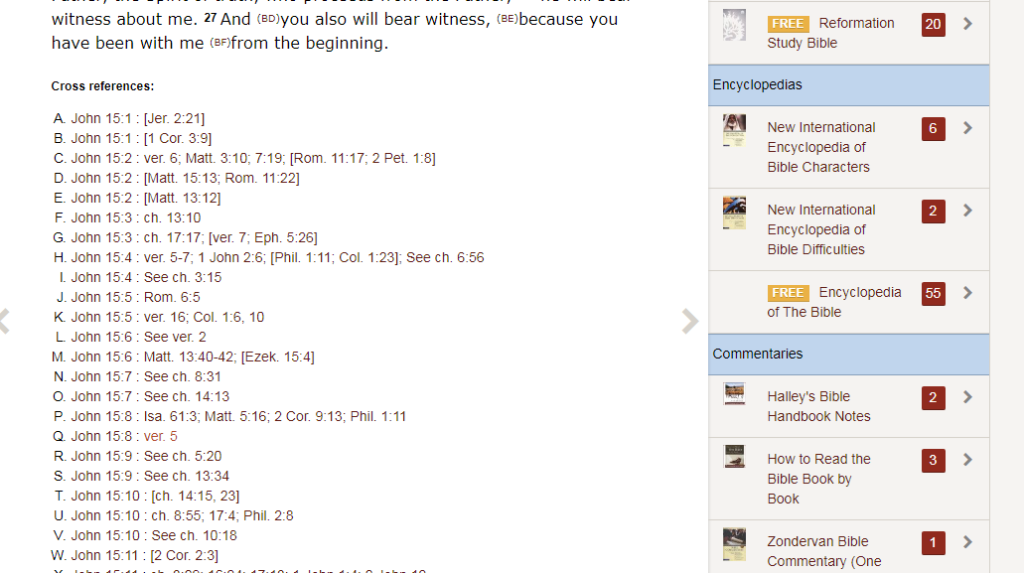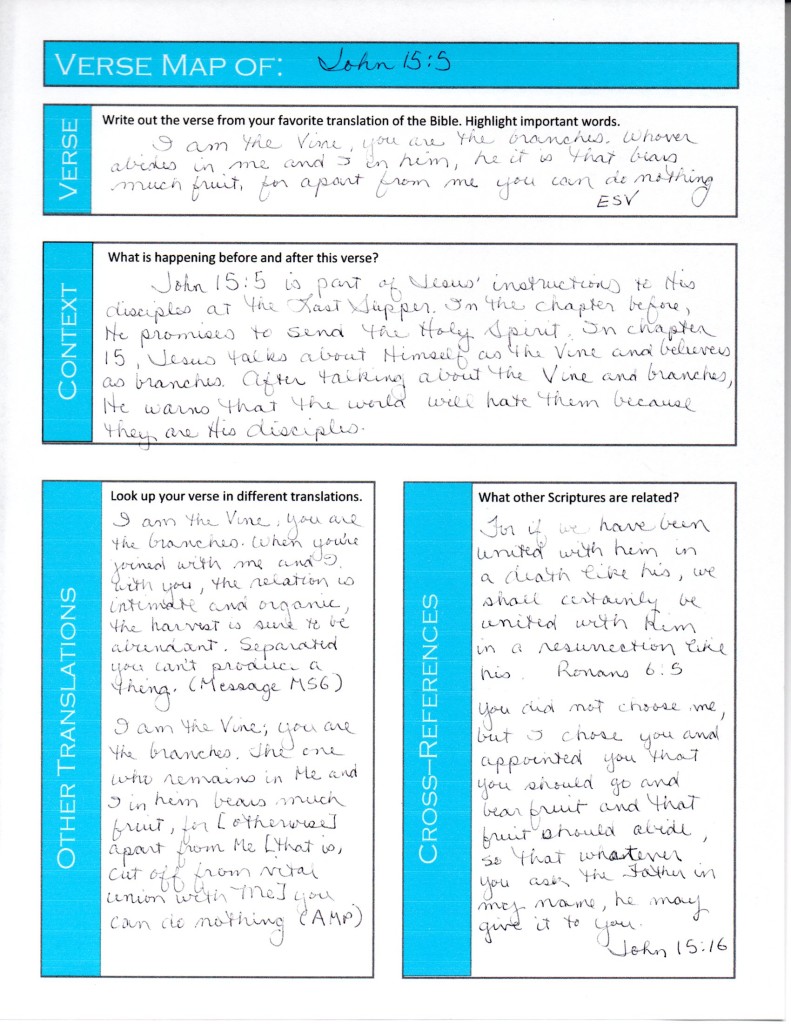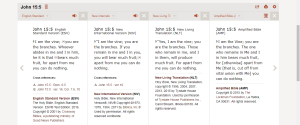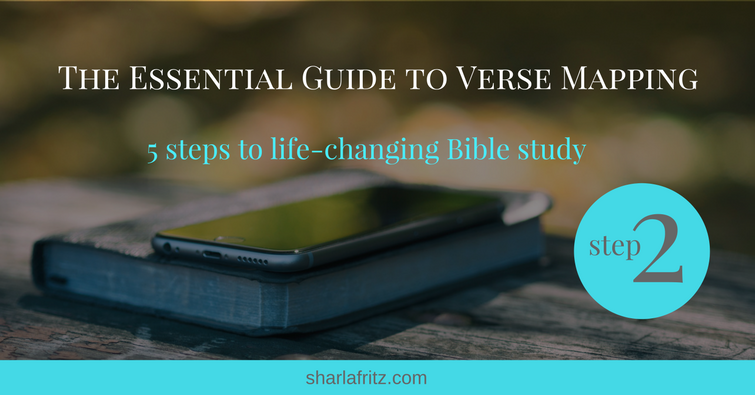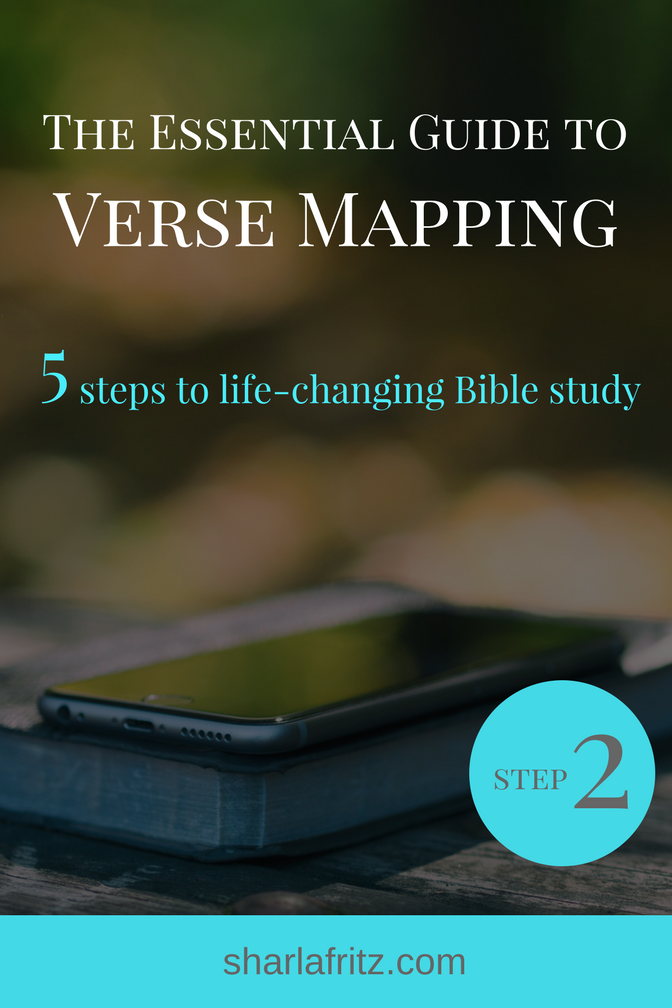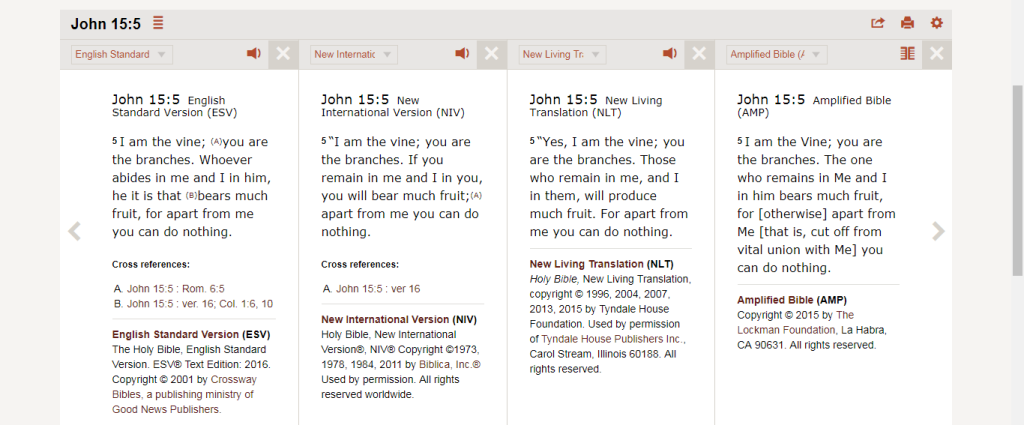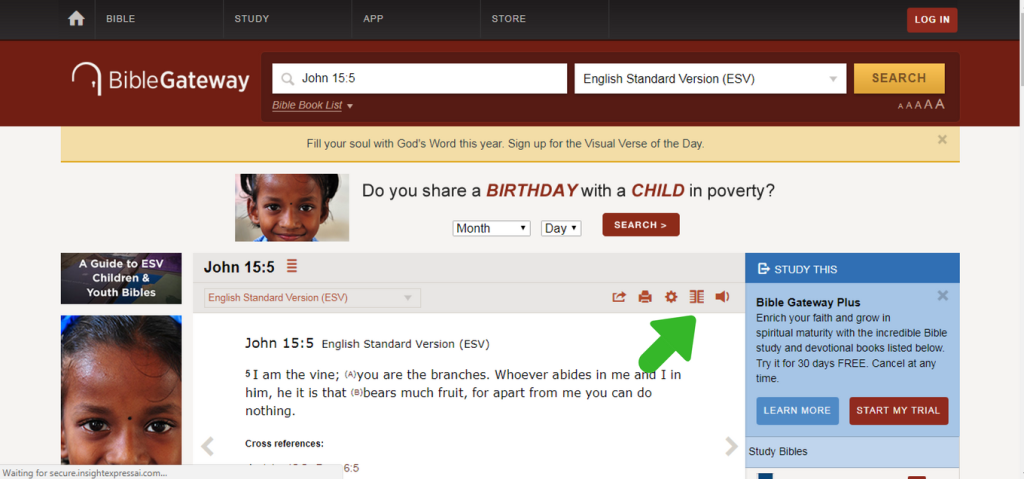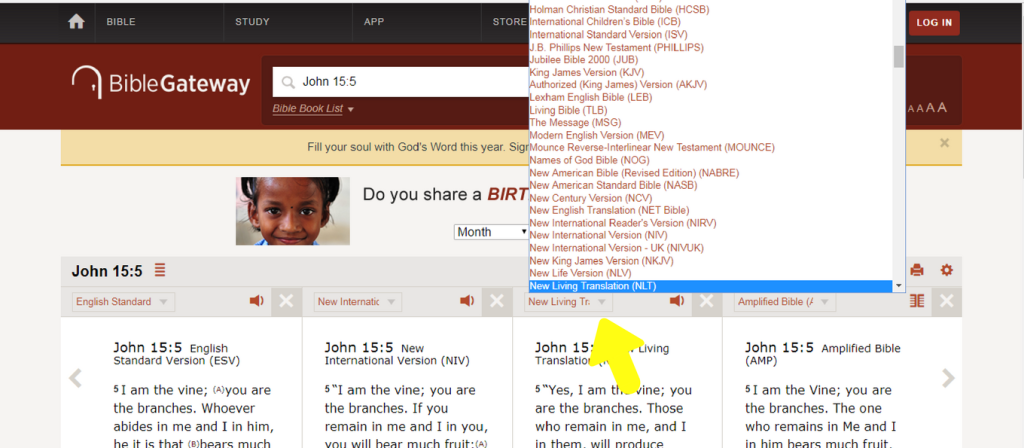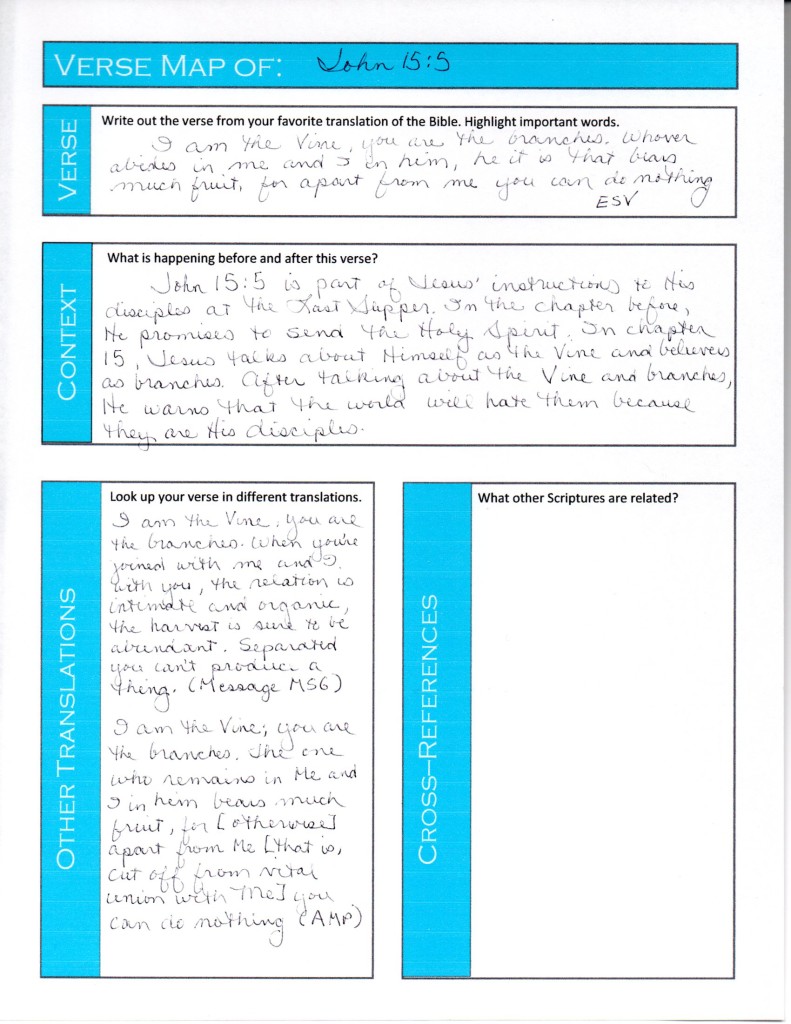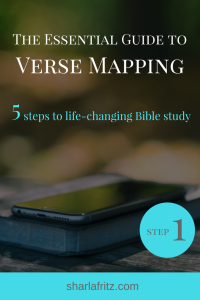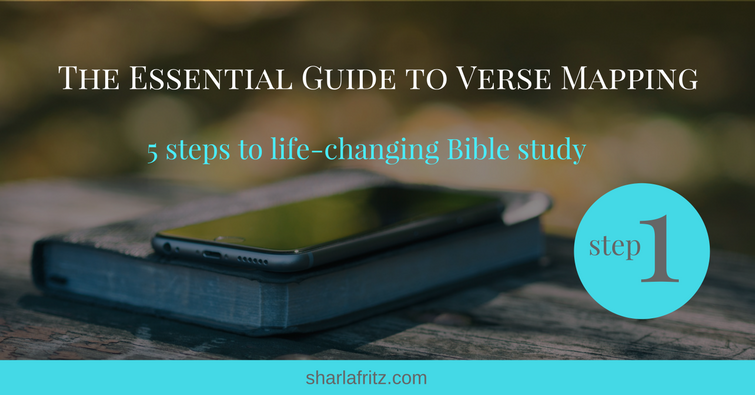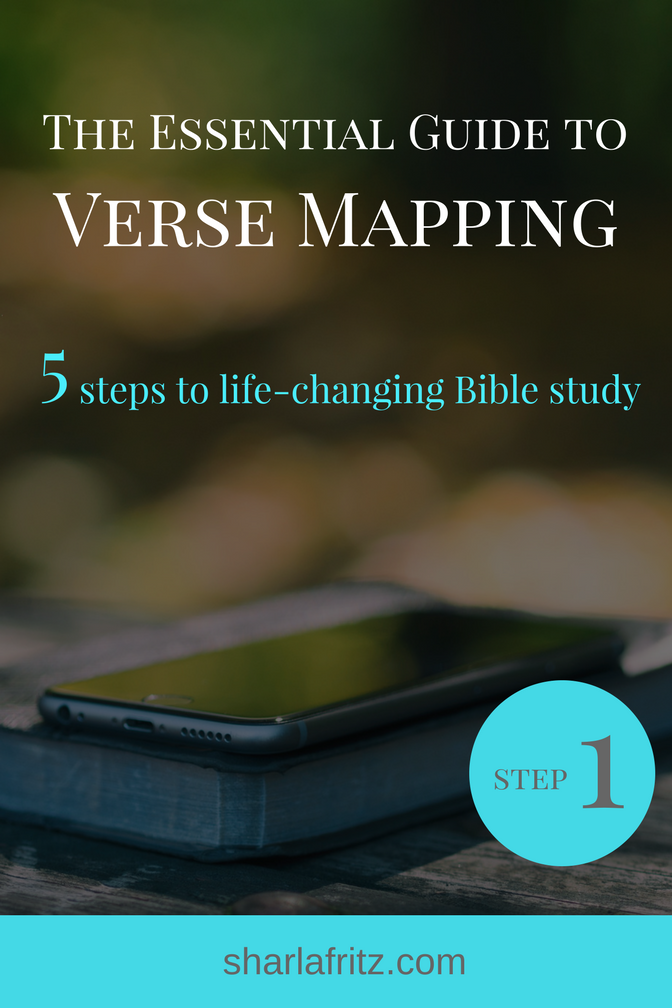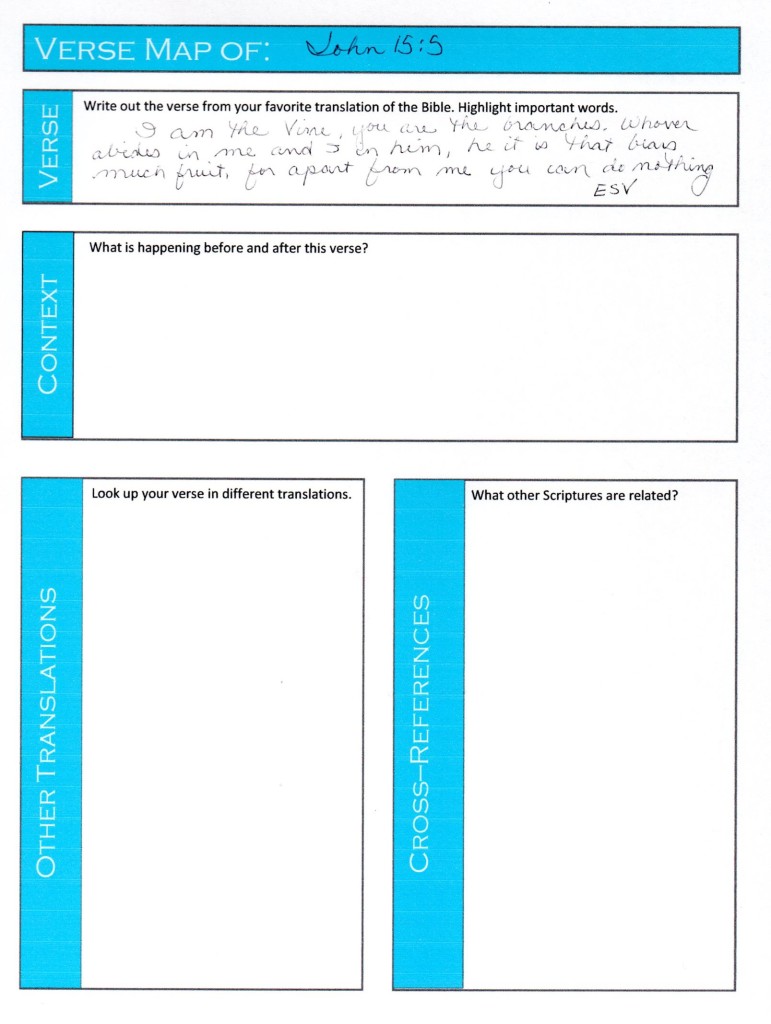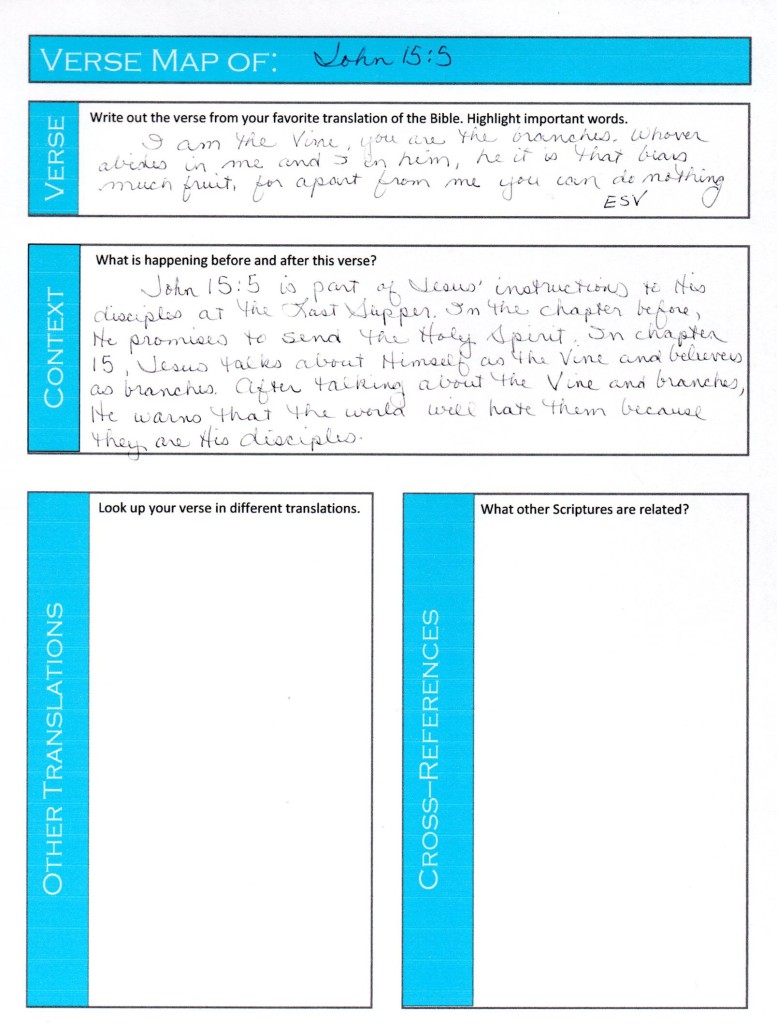
Not long ago if we had met in a coffee shop and you asked me, “How are you?” my standard answer would have been, “Busy.” I would have rattled off all my responsibilities and jobs.
I may not have been fully aware of this, but part of me secretly wanted you to be impressed with all my activities. I wanted my long list of “doings” to make your eyes open a little wider, your jaw drop just a bit.
Somehow I had the idea that busy equaled important. That a fuller schedule meant a fuller life.
Our culture encourages this view. Corporations reward the workers who work late and land
I myself thought hustling was the way to honor. I imagined that being snowed under a pile of tasks was the way to demonstrate my strength.
But then I read a verse in the book of Isaiah that changed my mind.
For thus said the Lord God, the Holy One of Israel, “In returning and rest you shall be saved; in quietness and in trust shall be your strength.” But you were unwilling. Isaiah 30:15 (ESV)
God turns my ideas of hustle and hurry upside down. The world says, “Hustle leads to honor.” God says “Resting in Me leads to salvation.” The world says “Busy is the way to

Modern-Day Life Conflicts with Bible Study
God’s ways often conflict with modern life. Our current culture certainly isn’t conducive for Bible study.
- The world is noisy. We find it hard to be quiet enough to hear God’s voice in His Word.
- We’re in a hurry and don’t take time to savor. We gulp down fast food instead of lingering over a meal. We may also take this grab-and-go approach with God’s Word.
- We tend to be spectators instead of participants. We often watch sports events instead of engaging in physical activity. We may also listen to a sermon and call it enough for the week instead of digging into God’s Word for myself.
- We want to be entertained. At the end of the day we may simply want to binge-watch some Netflix instead of reading something that could take a bit of effort.
- We may think that an old book doesn’t apply to modern life. So we don’t take time to read the timeless truths found in the Bible or ask the Holy Spirit to show us how we can use God’s wisdom today.
Resting and Quietness
Perhaps finding time for Bible study in our busy lives requires an attitude adjustment. Remember:
Busy doesn’t equal important.
INSTEAD
Quietness equals strength.
When I finally grasped these truths I took a hard look at my schedule. I dumped out the contents of my calendar and examined each activity. I asked myself questions like:
- Is this activity necessary?
- Is this activity drawing me closer to God or pulling me away?
- Why am I doing this activity? Is it to feel important?
When I put my calendar back together, some activities did not go back in. I threw out a part-time job that only caused stress. I quit a volunteer organization that took too much time. I stopped attending a club I no longer felt a connection to.
Now if you see me in a coffee shop and ask me, “How are you?” Hopefully I will not answer “Busy.” I won’t try to impress you with my hurry and hustle.
I’m learning to find strength in returning and resting. I’m discovering my value by listening to God’s voice in His Word.
For too long I ignored God’s invitation to rest. Like the people Isaiah was talking to, I “would have none of it.” You too?
God stands with open arms, ready to accept us in whatever state we’re in–peaceful and rested or busy and frazzled. He offers us rest and quiet, salvation and strength.
So let’s come to Him. Let’s open His Word and hear His words of love. Let’s meditate on His peace and rest in His care.
Next step: Evaluate your schedule. Do you find it difficult to make time for Bible study because of a faulty belief that busy equals important? Open God’s Word and bask in the rest and strength He gives.







